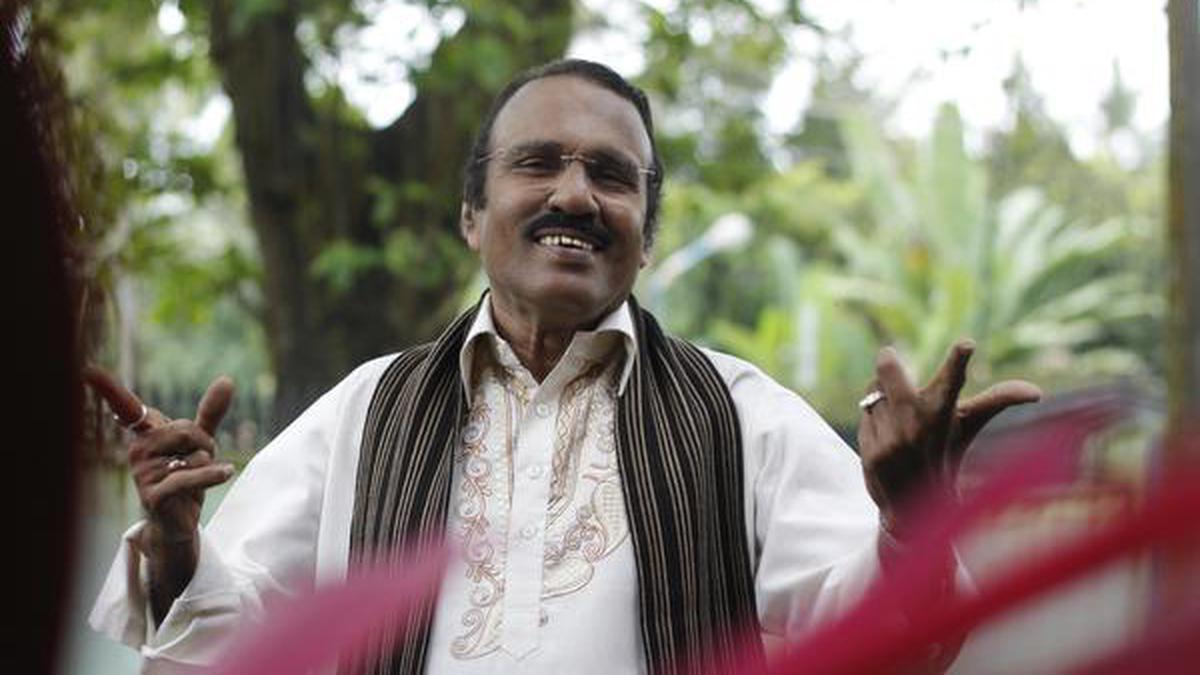
When you utter the word ‘ghazal,’ what often comes to mind are the timeless verses of Mirza Ghalib along with the haunting voices of renowned artists like Mehdi Hasan, Farida Khanum, Ghulam Ali, and Jagjit Singh. This beloved form of music and poetry, however, has traditionally enjoyed its popularity mostly in the northern regions of India. Meanwhile, in the southern state of Kerala, far better known for its deep roots in Carnatic music, a surprising cultural shift is taking place. Emerging as a significant trend, Ghazal is building a growing and appreciative audience in this terrain, predominantly owing to the pioneering efforts of musician-composer Umbayee.
Umbayee’s distinct singing style and his bold decision to compose ghazals in Malayalam initiated this phenomenon. However, this innovative approach was met with resistance in the music industry, with many poets declining to write for him, fearing the genre might lose its authenticity. This apprehension did not daunt Umbayee. He believed that emotions like love and heartbreak are universal and can indeed be expressed in any language. Thus, he embarked on a solo mission to establish ghazal music in Kerala, paving the way for future artists to follow in his footsteps.
Adding momentum to this musical journey in Kerala, upcoming artists like Raaza Razaq eagerly contribute to this genre. Acknowledging that the ghazals in Kerala do not always adhere strictly to traditional ghazal formats such as radif (where each couplet ends with the same word or phrase), qafia (repetition of a pattern of words), and Maqta (the last couplet of a ghazal), Razaq emphasizes that people are increasingly enjoying the emotional depth conveyed through the poetic form. He is set to release an album featuring ghazals reflective of his personal musings, thereby catering to an evolving audience’s taste.
Veteran musicians such as M. S. Baburaj and P. Bhaskaran have significantly contributed to this trend with their ghazals infused with Hindustani raagas.
. The appeal of these compositions lies in their ability to marry the traditional elements of Hindustani music with poetic expression, creating a profound listening experience.
Notably, Sunitha Nedungadi, recognized for transforming the poetry of Sugathakumari, Vayalar, and P. Kunhiraman Nair into moving ghazals, observes that the genre has evolved beyond themes of love and spirituality to address contemporary issues. She maintains, however, that translating ghazals from Urdu and Farsi to Malayalam could sometimes risk losing the poetry’s essence and depth.
In the past, ghazal performances were traditionally accompanied by instruments like the harmonium, tabla, sarangi, and oud. Over time, to cater to evolving tastes and incorporate modern sensibilities, additional instruments such as the flute and guitar have been included. This evolution in instrumental accompaniment has modernized the musical experience of ghazals, combining classical poetry with contemporary musical styles.
Ghazal performances in front of a live audience not only communicate the literal meaning of the lyrics but also capture the energy and emotional state of the singers, making each performance a unique experience. “Ghazal is the language of the heart,” states Ahmed Mueenudheen, a noteworthy ghazal lyricist, encapsulating the emotional power inherent in the genre.
Malayalam ghazals are noted for their simplicity in language and expression, which effectively channels the thoughts and emotions of the poets. Sometimes, the incorporation of colloquial expressions and everyday words further broadens the appeal, helping the form to resonate with a wider audience. This linguistic and cultural adaptation has enabled the ghazal to transcend barriers and find a new home in the vibrant and diverse cultural landscape of Kerala.
The story of ghazal music in Kerala is, thus, a testament to the power of cultural exchange and the universal nature of human emotions. From its historical roots in the north to its flourishing presence in the south, ghazal continues to evolve, reaching new audiences and transcending linguistic and regional boundaries. This trend signifies not just the adaptability of the art form but also the unifying force of music and poetry, proving once again that true art knows no boundaries.












